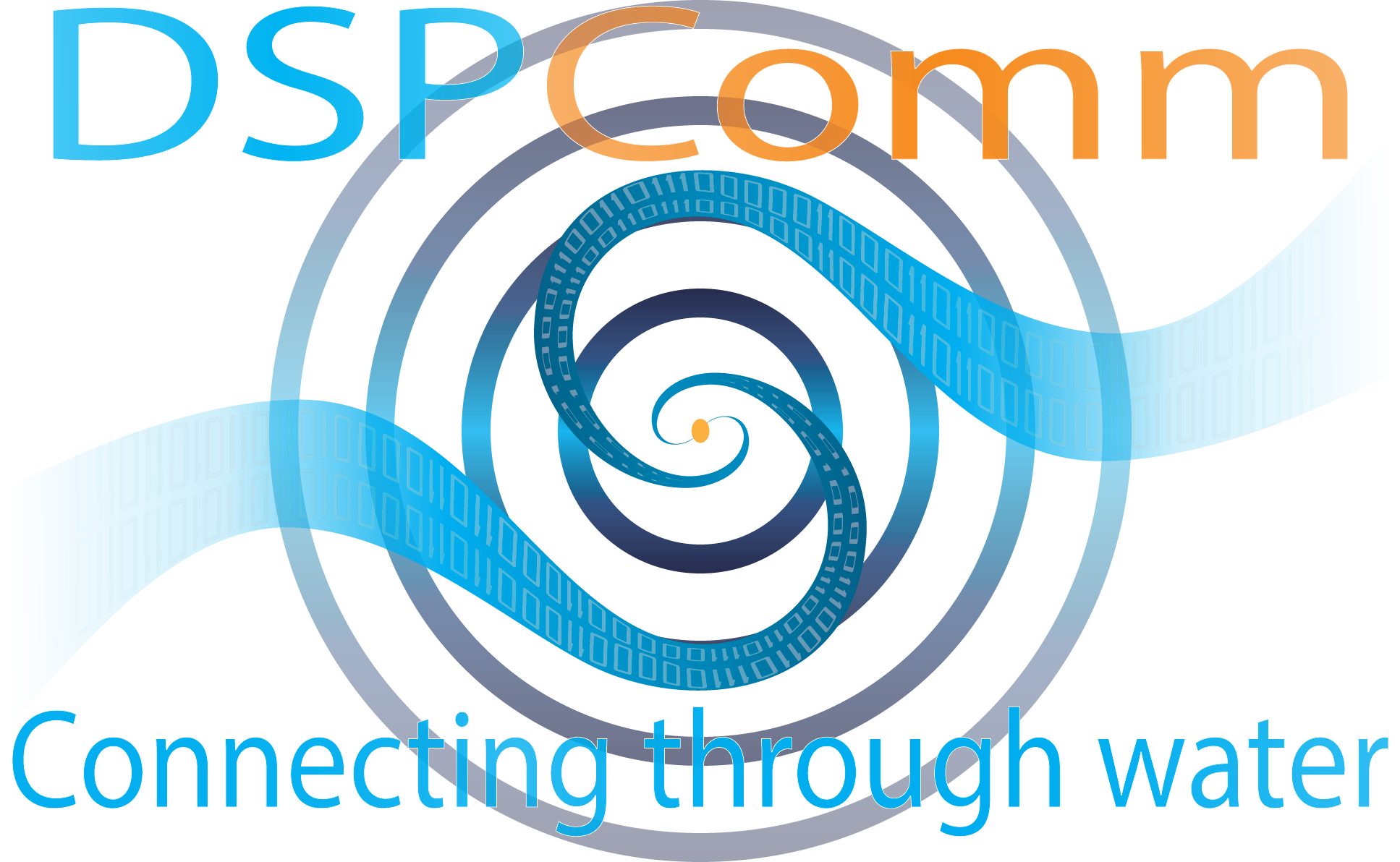Oceanographic instruments are used to record and capture a multitude of oceanographic variables such as ocean currents, salinity, temperature, pressure, and dissolved oxygen. The industry has traditionally logged the data in non-volatile memory on board the instrument, which needs to be retrieved periodically to download the data. The frequency of instrument retrieval can be more than several weeks. This practice is becoming increasingly unsustainable in the industry for these reasons:
- Data retrieval is usually a very expensive exercise due to the high costs of mobilising the vessel and dive team.
- Once deployed, the instrument packages are difficult to recover and while submerged, they are subjected to the vagaries of the underwater environment. All too often, they are lost, damaged, or become faulty. This can lead to the loss of months of valuable data.
- Packages hop or drift from the location of deployment. Hence if there is no surface marker buoy, it becomes a challenge to locate and retrieve the package.
- The package cannot be monitored from the surface to make sure it is working as expected. Therefore, issues will not show up until the package is retrieved.
There is a pressing need in the industry for real-time data. However using a cable to transmit the data to surface is unreliable and exceedingly expensive to install and maintain.
By integrating Aqua Commwith oceanographic instruments the above problems can be solved, delivering the following benefits:
- Very reliable communications for high level of data throughput, even in harsh conditions, ensuring real-time data can be delivered dependably.
- Low power consumption to maximise battery life. The total energy consumption to transfer data is very low due to the data packets being correctly transferred on the first transmission.
- The modem’s small size makes it fit easily into an existing oceanographic instrument housing.
- Real-time data reticulation to the surface to be relayed by radio or mobile. Data can be sent world wide (e.g. through the Iridium Satellite Network) by using a surface buoy with a satellite transceiver.
- Plug-and-play interface makes the modem easy and quick to integrate.

